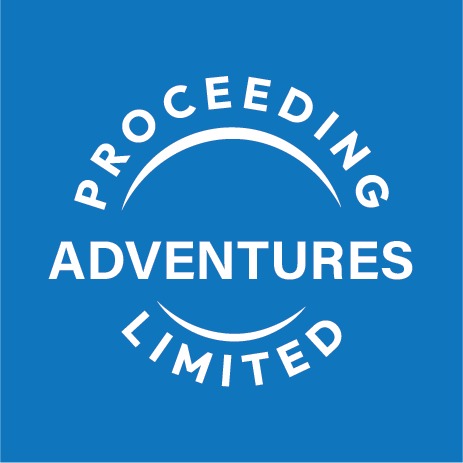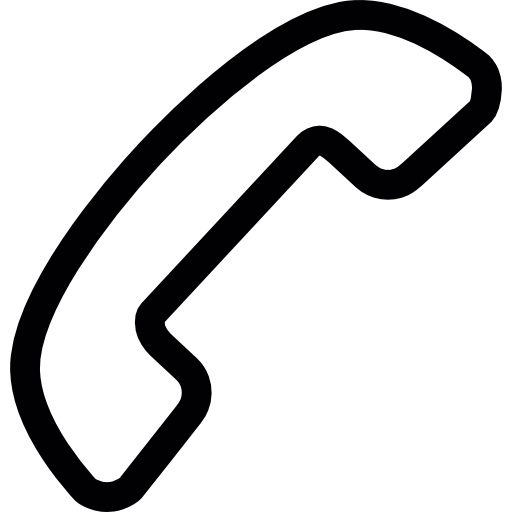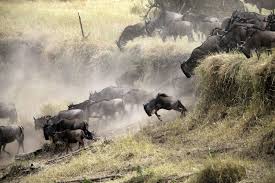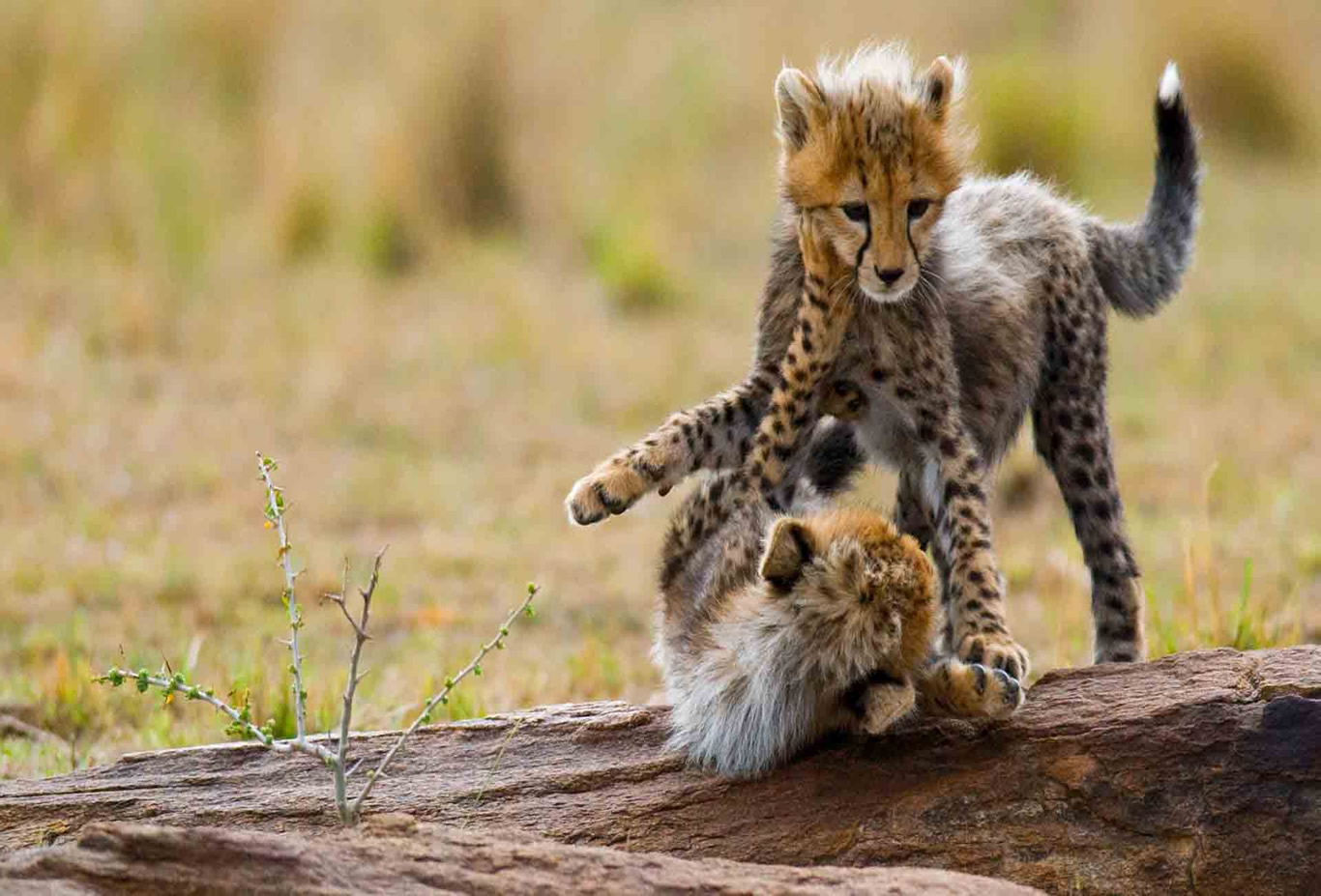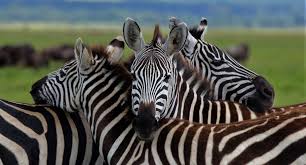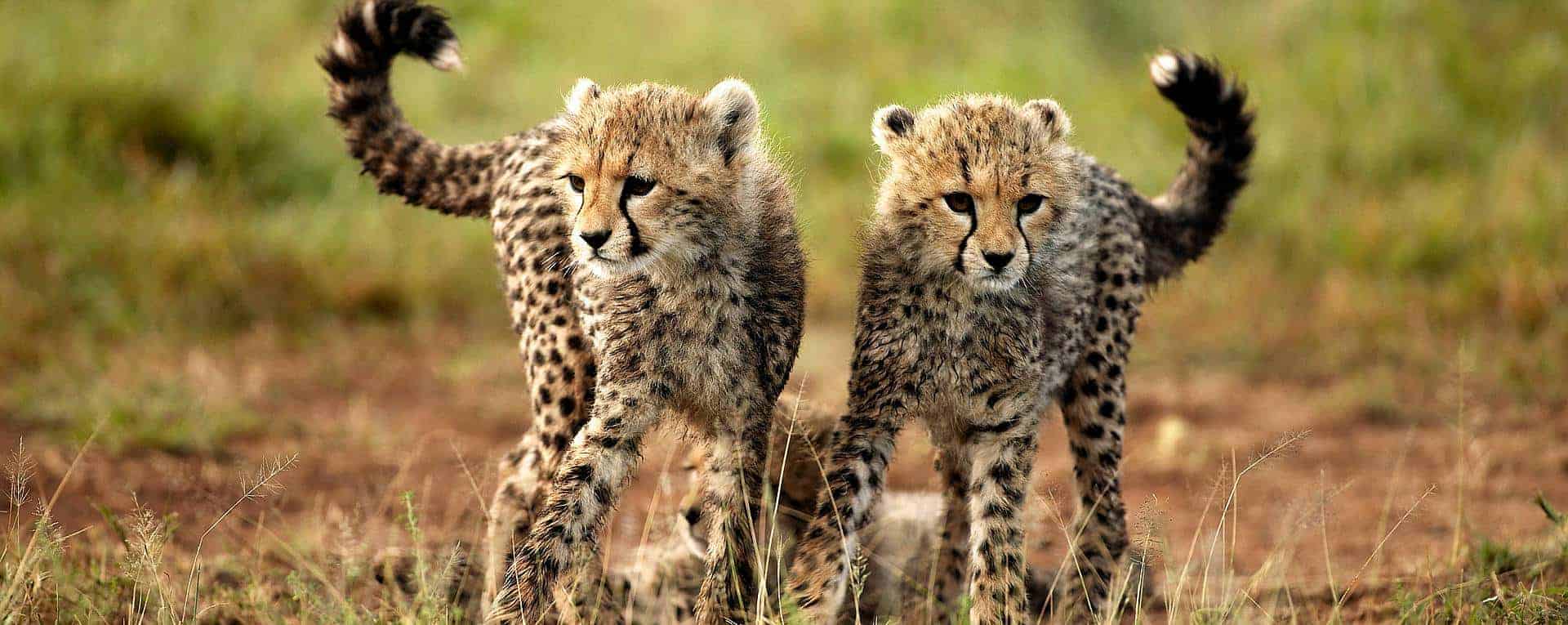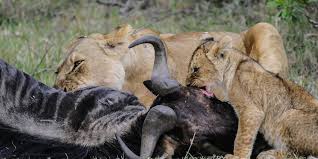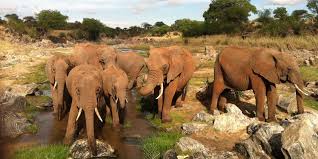11 Days Tanzania Tented Camp Safari
join our fixed departure
| Trip | Trip Date | Price | Space Left | ||
|---|---|---|---|---|---|
 Umbwe Route 7 days Umbwe Route 7 days |
 May 17,2025 - May 23,2025 May 17,2025 - May 23,2025 |
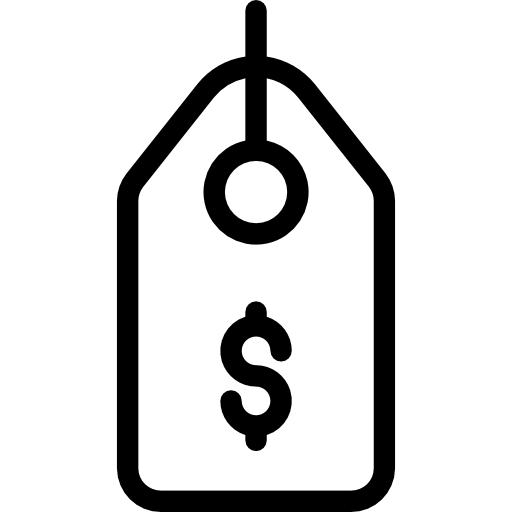 $1,721 $1,721 |
 6 6 |
BOOK NOW | |
 Marangu Route 6 days Marangu Route 6 days |
 Jun 12,2025 - Jun 17,2025 Jun 12,2025 - Jun 17,2025 |
 $1,690 $1,690 |
 3 3 |
BOOK NOW | |
 Machame Route 6 days Machame Route 6 days |
 Oct 09,2025 - Oct 14,2025 Oct 09,2025 - Oct 14,2025 |
 $1,598 $1,598 |
 4 4 |
BOOK NOW | |
 Rongai Route 6 days Rongai Route 6 days |
 Nov 20,2025 - Nov 25,2025 Nov 20,2025 - Nov 25,2025 |
 $1,698 $1,698 |
 2 2 |
BOOK NOW | |
 Marangu Route 5 days Marangu Route 5 days |
 Aug 12,2025 - Aug 16,2025 Aug 12,2025 - Aug 16,2025 |
 $1,499 $1,499 |
 3 3 |
BOOK NOW | |
|
2025-09-03 - 2025-09-08 $1780 6 Space Left |
BOOK NOW |
|
2025-11-20 - 2025-11-29 $2120 4 Space Left |
BOOK NOW |
|
2025-08-12 - 2025-08-18 $1498 4 Space Left |
BOOK NOW |
|
2025-06-12 - 2025-06-17 $1590 5 Space Left |
BOOK NOW |
|
2025-05-31 - 2025-06-05 $1490 3 Space Left |
BOOK NOW |
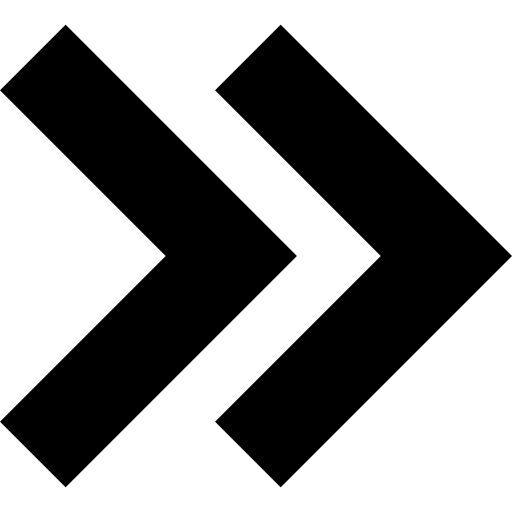
What's included?
- Transport with qualified driver/guide in 4x4 vehicles with viewing roof
- 4 Nights Tented Camp Accommodations*
- 2 Nights in Arusha (Before and After Safari)
- All Meals During the Safari & Breakfast in Arusha
- National Park gate fees
- All Park expenses
- Selection of Drinks During Safari*
Our 11 day journey through the African Savanna allows adventurers of all stripes to enjoy everything Tanzania has to offer. Explore Tarangire National Park, known for its splendid Baobab Trees and herbivore population, where you are able to enjoy iconic wildlife, such as zebras, wildebeests, giraffes and elephants. From there, you will get to experience the Ngorongoro Crater, where if you are lucky, the Crater Lions will be on the prowl for their next meal. After our game drives in the Crater, we continue on to the iconic Serengeti, home to the infamous wildebeest migration and it's abundant variety of predators. Along the way, stay in our premium and luxurious tented lodges and experience the African wilderness like never before.
All of our safaris are private, ensuring that you will get the most out of your experience in Tanzania.
day 1 : Arrival Day
Your journey to the mystical plains of Africa begins with your arrival to Kilimanjaro International Airport. After clearing customs, you will be greeted by our representative and transported to your hotel for the evening. Relax by the pool and enjoy some of the hotel's restaurants and amenities before meeting your safari guide for an evening briefing.
Overnight Gran Melia Arusha
day 2 - 3 : Tarangire National Park
Spend your first two days of safari in the enchanting Tarangire National Park, where you will begin your first game drive before midday. Enjoy the splendor of the mighty Boabob trees after you enter the park, and catch your first glimpses of the wildlife and spectacular scenery. After lunch, make your way through the park snapping photos of the zebra, giraffe and elephants that call this area their home. After 2 days exploring this enchanting park, we embark for the infamous Ngorongoro Crater
Premium - Maramboi Tented Lodge
Adventure - Burunge Tented Lodge
day 4 - 5 : Ngorongoro Crater
Your journey continues with two days exploring the Ngorongoro Crater, the world's largest inactive volcanic caldera. Descending into the crater for an early morning game drive, the cool morning air allows for us to see some active wildlife. As the temperatures rise, we may head to the hippo pool to see these spectacular creatures enjoying a dip to beat the heat. As lunch approaches, we make our way to the picnic site on the lake, taking in the spectacular views and a bite to eat. Spend the next few days spotting a multitude of different species, from elephants, hippos and giraffes to the majestic Crater Lions and ravenous hyenas.
Premium - Kitela Lodge
Adventure - Thoma Lodge
day 6 - 8 : Serengeti National Park
There was a reason that "The Lion King" creators drew their inspiration from the Serengeti, and today you will get to discover why. Renowned for its' large lion population, this may be the best opportunity to get a great view of a Lion Pride in their natural habitat, as the gazelles, zebras, and buffalo are abundant in this region. Come during the right season, and witness the birth of the wildebeest calves, where they will begin their annual migration to Kenya at the end of May. Over the next few days, we venture out into the far reaches of the park to explore all this wonderful region has to offer.
Premium - Kubu Kubu/Lahia Tented Lodge
Adventure - Serengeti Kati Kati
day 9 : Serengeti to Ngorongoro Crater
After a hearty breakfast and morning game drive in the Serengeti, we slowly make our way back to the Ngorongoro Crater for a final evening on the crater rim. Get your last glimpse of the mighty crater lions and revel in the amazing time spent in two of Africa?s most famous wildlife regions. Spend your final evening on safari on top of the crater rim, our final park awaits us tomorrow!
Premium - Kitela Lodge
Adventure - Thoma Lodge
day 10 : Lake Manyara National Park
Our final day of Safari has arrived, and Lake Manyara National Park is the perfect place to end our journey. With over 400 species of birds, including the flamingos famous for making this park their home, this is an ideal park for the bird aficionado. If we are lucky, we may be able to spot a lazy leopard lounging in a tree, waiting for his next meal, which is all but guaranteed with the variety of species living by the lake. After our final afternoon game drive, we head back to Arusha, where we will check into our hotel and enjoy a final meal with your guide to toast the trip.
Overnight Gran Melia Arusha
day 11 : Departure Day
Today we transport you to the airport for your departing flight and say goodbye as you embark on your next adventure!
Exclusions
- Please review our Terms of Service.
- Visa Upon Arrival, please click here for more details.
- Tips for the Staff. We recommend $25 a day for the guide and $15 a day for the cook.
- All personal items for your trip.
Safari Checklist
- One pair of comfortable walking shoes (i.e. sneakers)
- Casual, loose-fitting clothing
- One warm fleece or sweater.
- Extra Cotton socks and underwear.
- Hat
- Lightweight jacket or windbreaker
- Sunglasses
- Sunscreen (SPF 50 or higher)
- Lip balm (SPF 45)
- Insect repellant (DEET 30%)
- Anti-bacterial hand sanitizer
- Camera and extra batteries
- Plug adapter
- Baby Wipes
- Toilet Paper
- Towel
- Small Personal Medical Kit including aspirin, anti-malarial pills, cold and allergy medicine, anti-itch cream (i.e. Benadryl itch relief), stomach medicine (i.e. Pepto-Bismal), antibiotic ointment (i.e. Neosporin), Prescription antibiotic effective against a broad range of bacteria including traveler's diarrhea (i.e. Ciprofloxacin or also known as Cipro).
FAQ (FREQUENTLY ASKED QUESTIONS)
Who can go?
How difficult is climbing Kilimanjaro?
The trek to the Kibo huts is only moderately difficult with a good trail. The final push from Kibo to the the summit ridge takes 4 to 6 hours and is very steep. This last steep section is mostly switchbacks and then some easy rock scrambling near the top. Your guide will set a very slow pace. Most reasonably fit individuals can make it so long as they are not having any difficulty acclimatizing.
Are they any age limits for climbing Kilimanjaro?
The official age limit set by the Kilimanjaro National Park Authority for climibing Uhuru Peak is 10 years old,we usually recommend a minimum age of 13 years. If anyone in your group is under 16 years of age please inform us in advance so arrangements can be made.
Why is a guide necessarily? I have trekked/hicked/camped before, can't I guide myself?
Guides are a requirement on Kilimanjaro set by the Tanzania National Park Service
Is previous trekking experience really necessary?
While it's not technically required it's a good idea. Kilimanjaro is not the easiest trek and its good to have some previous experience and know what you are getting into and what trekking is.
Preparation
What should I pack for my trip?
We have a complete downladable packing list or if you want more details visit our blog post on packing for Kilimanjaro Marangu Route.
What's the best time of the year to book a trek in Kilimanjaro?
March and April are the rainy months at Kilimanjaro so we recommend that you avoid this time period.
I am landing in Nairobi.How do i get to Kilimanjaro?
We generally advise flying into Kilimanjaro Airport (JRO) as you will likely end up spending several hundred dollars getting to and from Nairobi. There is a shuttle service from Nairobi operated by Riverside Shuttle which takes 6 to 8 hours and costs $35 to $40 each way. You will need a Yellow Fever Certificate to cross the land border into Tanzania. You will also need a separate visa for Kenya. Flights are also available from Nairobi to Kilimanjaro and generally cost $200 one way.
Are any permits required for climbing Kilimanjaro?
Permits are required and included in the cost of the trek. You will get your permit at the Marangu gate on the first day of the trek.
What type of insuarance should I have? Where can I obtain a policy?
Your park entrance fee includes cost of rescue off the mountain which will be organized by the Tanzanian National Park Service in conjunction with our team. In addition, it is strongly recommended that you have adequate travel insurance. While the park service will provide rescue services your travel insurance will cover any cost related to cancellation charges, unexpected curtailment of your holiday, medical and repatriation expenses including air ambulance, personal accident, delay loss or damage to your personal effects. If you don't have it already we recommend either Cover More or World Nomads.
About the trek
How long does it take to climb Kilimanjaro?
The Marangu Route is the shortest approach and requires 5 days of trekking. Some individuals opt for an extra acclimatization day.
How long do we spend walking each day?
The typical time spent walking is about 5 to 6 hours. On the summit day you will spend 10 to 16 hours trekking. However, you will be given a few hours to rest at Kibo so that this long day of trekking is broken into two parts. We make the summit push and decent all in one day to avoid acclimatization problems.
Room and Board
What kinds of accommodations are available on kilimanjaro?
The Marangu Route is the only route up Kilimanjaro with an established mountain hut system. Rooms are small but comfortable and shared by up to 4 people. Each room has 4 beds with mattresses, sheets and pillows provided by the park service. You will need to bring your own sleeping bag. Rooms have solar powered lighting but no electrical sockets. Indoor dining areas are available as are modern bathrooms with running cold water. The hut at Kibo is more primitive and rooms are more dormitory style and shared by up to 16 trekkers
Will my mobile phone work? What about internet access?
Your mobile service may work at one or two points on the mountain but don’t count on it. We have tested mobile internet cards from both Vodacom (Tanzania) and Safaricom (Kenya) and were not able to access the internet. If you have a phone call that needs to be made during the trek please advise your guide and he may be able to arrange it.
Can I charge my phone or camera during the trek?
In general its best to bring extra batteries or a portable solar charger. In some cases the park rangers may be able to assist you with charging a device for an extra fee.
Where will our drinking water come from?
We provide plenty of drinking water on the climb. Drinking water is obtained on the mountain and then boiled before it is provided to you. Disposable plastic water bottles are not allowed on the mountain.
What about showers?
The hut bathrooms have no shower facilities. Your guide can provide you with a bucket of hot water both in the evening and the morning for washing.
Where do we eat our meals?
Lunch are packed and eaten on the trail during the day. You will take lunch and dinner in the dining huts.
Health and Safety
What physical criteria will ensure I'm fit enough to trek?
You should be in good enough shape to walk continuously throughout the day. Good overall fitness, flexibility, and healthy will ensure you trek safely and comfortably. Those with acute or chronic health conditions impacting their stamina, range of motion, coordination, or balance may have difficulty completing the trek. If you are in doubt about your own physical readiness, consult a physician well in advance of booking your trip! Please review our blog post.
How will we deal with altitude acclimation?
The best scenario is to acclimatize slowly. The 5 day trip up Kilimanjaro is a fairly rapid ascent and trekkers should report any problems to their guide. Common symptoms of mountain sickness include headaches and cough.
What do I need to know about sun protection?
It may seem counter-intuitive, but your skin is in more danger of sun damage on the mountains than while at the beach! The sun’s intensity increases dramatically as we rise in altitude, and fresh snow reflects exponentially more UV rays than does the sand. You will need to protect your skin with clothing and sunblock. A sunblock specifically for mountain conditions is recommended. If you wear prescription eyeglasses its recommend that you get your prescription fitted to sunglasses.
What happens if I get sick or injured while trekking?
We take all possible precautions to proactively ensure the safety and wellness of our trekkers, but rest assured that our guides are trained and experienced in dealing with emergencies. Each guide is trained in first aid and is Wilderness First Aid Certified. In the case of altitude sickness, you will immediately be taken to a lower altitude. If necessary, your guide will utilize the park rescues services for immediate evacuation.
Are solo female travelers safe climbing Kilimanjaro?
Yes, we ensure the travel safety of all our trekking guests, both male and female. We have longstanding, strong relationships with the lodges we frequent, and know them to be safe and reliable. In addition our guides are consistently mindful of all guests whereabouts while trekking. We travel in small groups, all the better to easily maintain continual contact.
Practical Matters
What should I pack?
Please see our complete packing list. You can rent gear once you reach Moshi but it tends to be expensive and the quality is not great. If you request beforehand we may be able to help you with some supplies free of charge.
What sort of footwear is recommended?
A good pair of hiking boots are important for the final climb as they help to keep your feet warm and provide adequate ankle support. Tennis shoes are sufficient on the other days of the trek.
How much can a porter carry?
Porters on Kilimanjaro are allowed to carry 15Kg plus their own personal belongings.
Should I tip my guide? How about my porter?
Tipping is an important part of the culture in Tanzania. Please review our tipping guidelines.
How much money should I bring along?
Its not required to bring any money on the mountain and you can give tips at the hotel at the end of the climb. The hotel has a lock box where you can store valuables during the climb. Our treks are all-inclusive. We cover accommodation, food, park fees, permits, and many other costs, as a means of making your adventure as stress-free and convenient as possible. Once you get on the mountain there are no opportunities to spend any money.
What communication options exist while trekking?
Your guide should be able to arrange a phone call or to get a message relayed in the case of emergency. Don't expect any communication options although it is possible you will have cell signal in some locations.
What if I end my climb early?
Some climbers may actually finish the climb ahead of schedule and get back to Moshi early. Its also the case that sometimes climbers either have problems with altitude or decide to come down earlier for other reasons. If you do get back to Moshi early you are responsible to pay the costs for your extra hotel nights ($35 per/night) and meals. The reason behind this is that our costs are the same regardless of when you end the climb. So even if you are climbing less days than scheduled keep in mind that we have already paid the staff, purchased, food and rented gear for all the days you were supposed to be on the climb.
What is your cancellation policy? How about other terms and conditions?
Please check our Terms & Conditions page
$5,995usd
Price based on two people sharing*This trip is fully customizible
- Have a big group? We can help.
- We can customize the trip as per your need.
- We can help you make it fit your budget.
Important Note:
Tipping is an expected and highly appreciated component of your Mt. Kilimanjaro trek. Tipping is one of the most direct ways that you can have a positive economic impact within the African community. Although it may not be customary for you, it is an important source of income for those in the tourism industry.
Travel Information
Oldonyo Lengai Volcano Hiking. Aratati Hiking Arrival & Visas. Staying Healthy. Meet the Team.Start planning your climb by contacting one of our adventure specialist

Fredy Mkonyi

CEO Fredy and our visitors
 EN
EN CH
CH ES
ES DE
DE RU
RU
 FR
FR
 ET
ET
